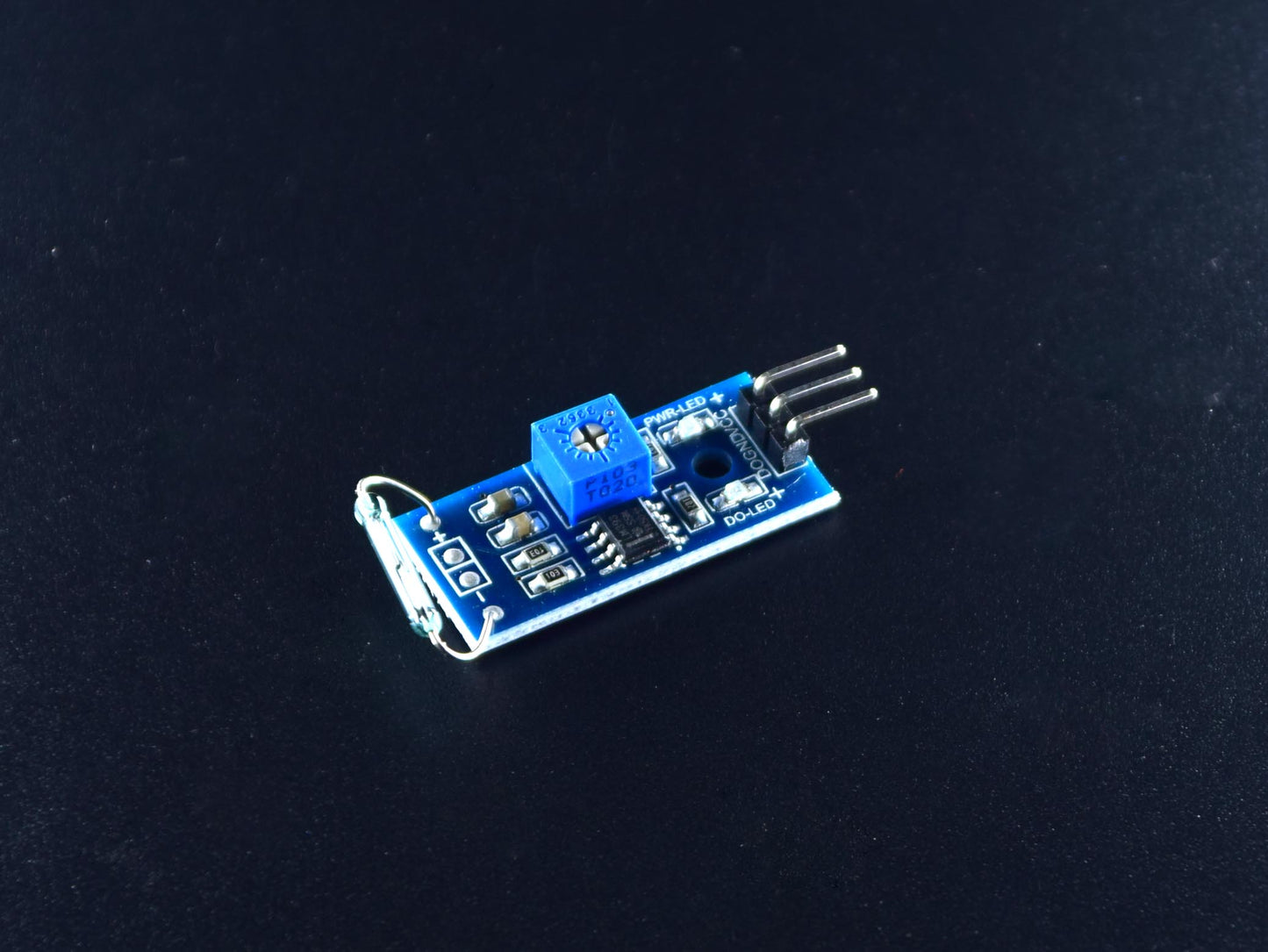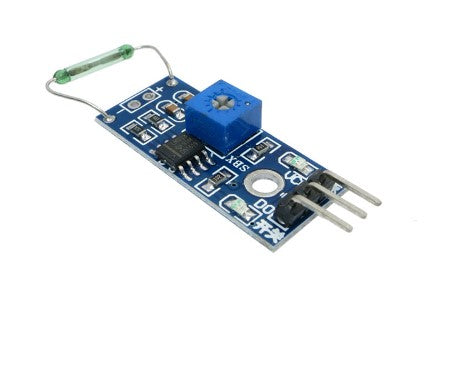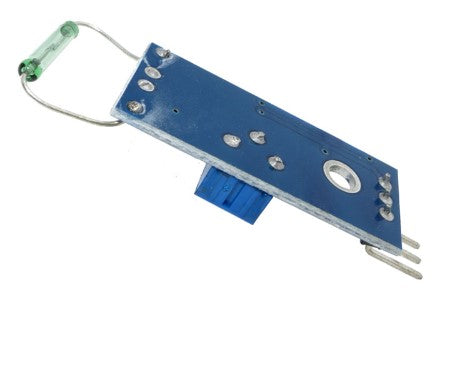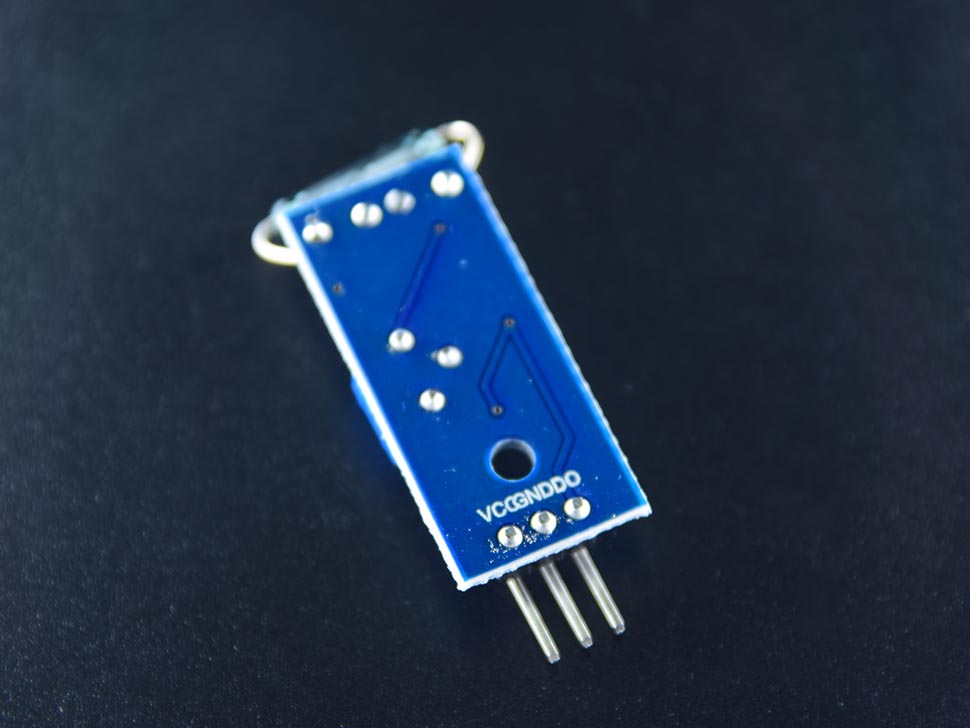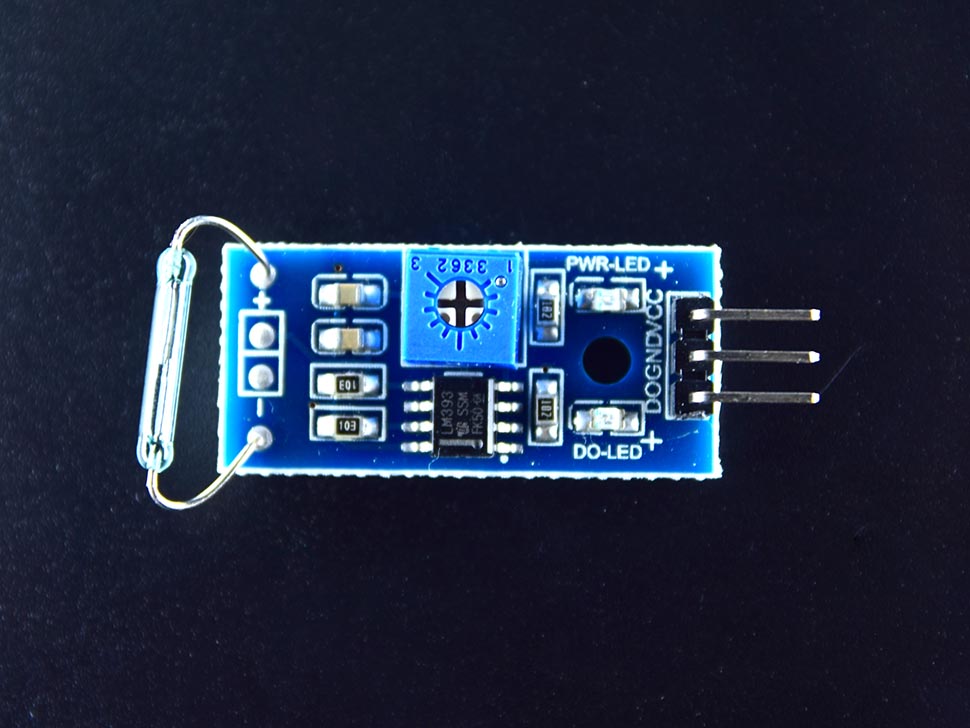The Reed Switch Module is a passive electronic switching component that uses two metal contacts sealed inside a vacuum glass tube. When exposed to a magnetic field, these contacts come together and close the circuit, triggering the switch. This module outputs a HIGH signal when activated by a nearby magnet. It’s ideal for use in devices requiring contactless switching, such as security systems, smart enclosures, and even laptop lid sensors that detect when the lid is closed.
Unlike raw reed switches, this module is mounted on a small PCB that includes essential components like a pull-up resistor and indicator LED, making it easier to use with Arduino, Raspberry Pi, or other microcontrollers. Its compact, durable design allows for reliable integration into DIY and embedded systems without the fragility of handling a glass tube directly.
Specifications:
- Operating Voltage: 3.3V to 5V DC
- Output format: Digital switching output ( 0 and 1 )
- PCB Size: 32mm x 14mm
- Open reed switch
Important factors to bear in mind to understand the working of the reed switch
- Think of any switch as a bridge: when it’s open, current can’t flow; when closed, current flows freely. Reed switches behave the same, but they are activated magnetically instead of physically.
- A reed switch naturally stays in its default state when no magnet is present. It won't activate unless influenced by a magnetic field.
- Several factors influence how and when a reed switch activates, including its construction, size, sensitivity, and the strength and distance of the magnet used.
- Reed switches are easy to conceal inside electronics and are ideal for applications that require no physical contact. However, stronger magnets are often needed if the switch is hidden deeper inside an enclosure.
- Neodymium magnets are a common choice due to their strong magnetic field, though other types like ferrite magnets offer deeper field penetration but lower intensity. The magnet type affects performance based on where and how the switch is placed.
- Reed switch sensitivity is measured in ampere-turns (AT). Lower AT values mean the switch is more sensitive and easier to trigger.
- Magnet position, orientation, distance, and polarity all affect how reliably the switch activates. Finding the best configuration may require some trial and error.
- It’s important to test the setup to avoid repeated false triggers—especially in systems like door alarms or motion sensors. Sensitive reed switches can toggle rapidly with slight position shifts, which may cause unstable behavior if not properly configured.
Technical Details
Reed Switch Module
Reed Switch Module
Out of stock
Product Code
SKU:AB224
Couldn't load pickup availability
